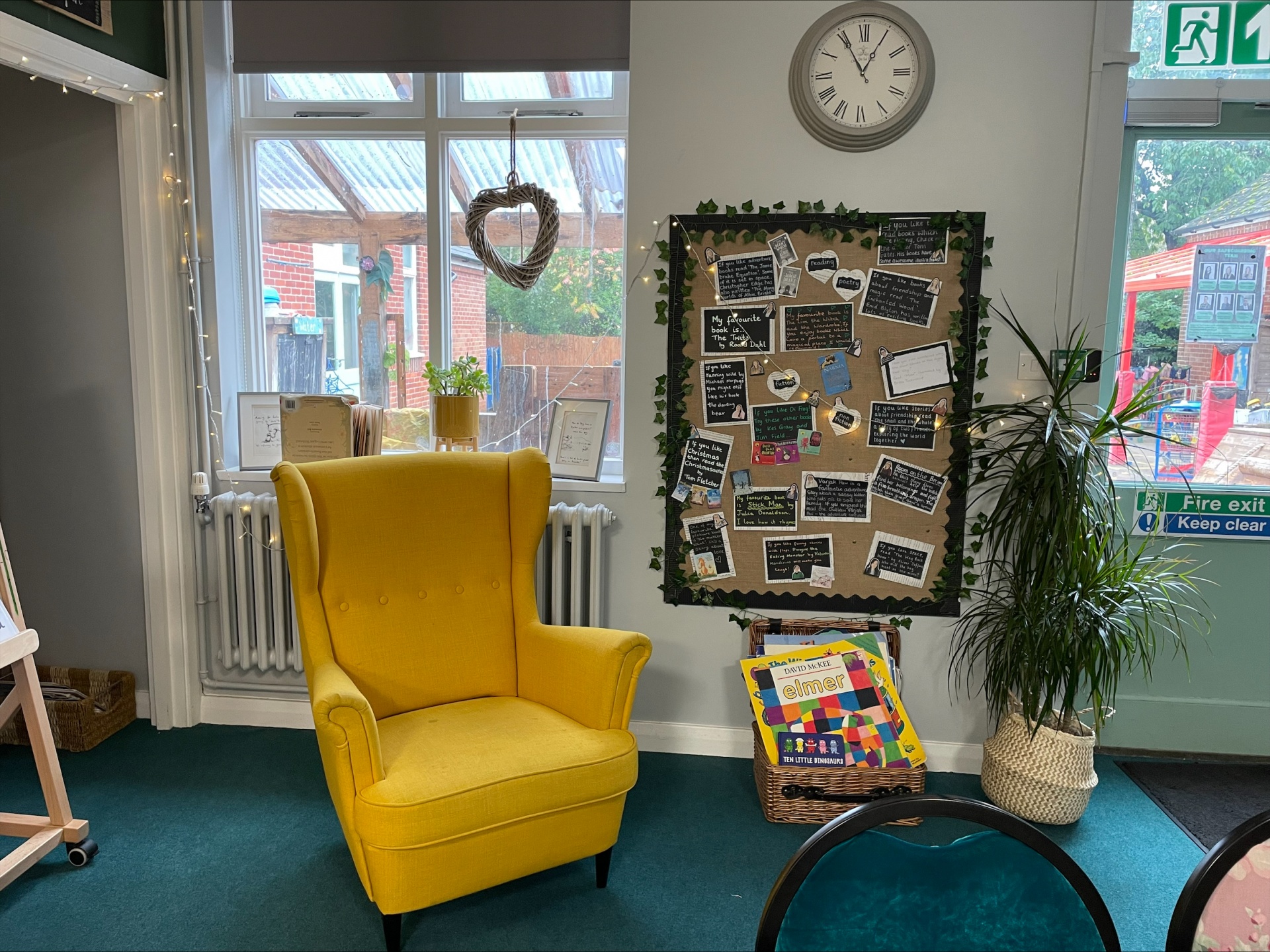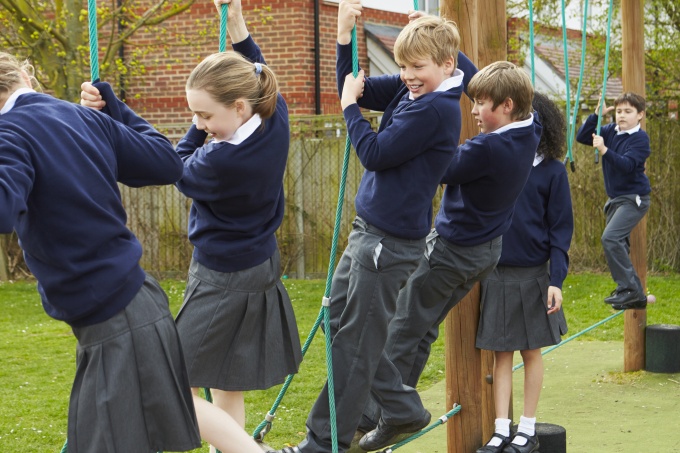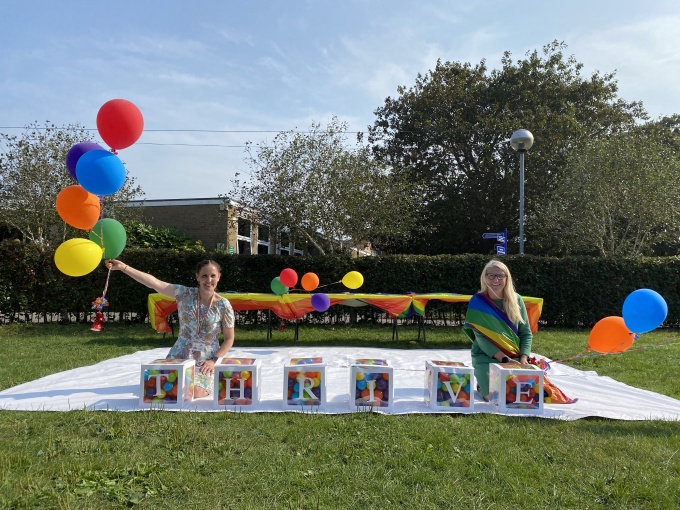By Sophie Watson, HLTA and Thrive Lead at Heartwood CE VC Primary and Nursery School, in Norfolk
Before children come into school
We make sure we have staff on the gate every morning to welcome our 240 children, their siblings and their parents. By making sure we include siblings, we are preparing them for the future when they start school. We have got a fantastic family support worker who will ask families in for a cup of tea if they need a chat. We believe that by building relationships with families and carers we are creating a foundation to help support children and those around them.
When they get inside
We play calming classical music as the children come in to help them regulate and we offer them toast and a drink before we ask anything of them. Maslow’s Hierarchy of Needs says that you need to have these basic needs met before you can reach the cognitive parts of the brain. We then move onto their emotions, so while they are eating, we talk to them about how they are and how their day has started. We’re a school and we have a focus on learning and cognitive skills but we’re here in a caring, loving capacity and I believe that’s what allows us to get the most from our pupils.
As you walk around
.jpg)
.jpg)
As you walk around our corridors you can see that we have a lot of displays but that everything is done using neutral colours and natural fabrics like hessian. We used to have quite a lot of resources displayed that used garish colours and we felt that that wasn't helping our children to be calm and regulated. Since we switched to a neutral colour palette, we’ve noticed a difference. Similarly, we use soft and natural lighting where we can.
In one of our corridors, we have a wooden dolls house and all of the children have made little wooden peg dolls of themselves. When they walk past, they can see themselves in there and they know that they are part of the Heartwood family and that they belong here.
When we do a display of the children’s art, we don’t just stick the pictures on the wall, we make sure they are framed because we really appreciate the work the children have put in. This may seem like a small detail, but it makes a big difference to the children to see their work treated in this way.
Why we take a Danish approach
We are a hygge school (hygge is a Danish concept that means creating a cozy and comfortable environment in order to increase contentment and relaxation). This means that we try to create a homely environment where children feel comfortable. Our library area has armchairs and a sofa with comfy cushions and we have photos of children’s families on the wall so that they can connect to loved ones while they are in school. This helps to support children with their learning because it’s a comfortable, relaxing place to be, but it’s not cluttered, so they don’t get distracted. We also have a lot of plants throughout school so that the air quality is good, even if it’s a winter’s day and we have to have the windows shut.


Hygge is all about creating a real sense of home comforts. We started it about three years ago in our nursery and everyone – parents, children and staff – loved it, so it was rolled out to the rest of the school. It’s also something that we’ve extended to our staff room. We have fairy lights, lots of family photos, comfortable seating and tea and biscuits so that it feels like home and you can relax when you’re not in class. We now host visits from schools that would like to create a hygge environment and also to settings that are interested in Thrive.
Outdoor space
We’re lucky that we have nice outdoor spaces including mud kitchens and sand pits for younger children. When reception children start at Heartwood, we leave the door to the outside space open so that there’s not a sense of being trapped inside. We have forest school sessions every week and a pumpkin patch that one of our teachers has grown. And we have pets - African land snails and guinea pigs - that the children love spending time with.
Why we focus so much on the school environment
Our philosophy is that behaviour is a sign of unmet need and we believe that we’re here to understand what they are communicating. Our relationships with the children are paramount - we really get to know them, even before they start at Heartwood. We get to know their likes and dislikes so that, for example, if they have a favourite story, we’ll make sure we have a copy in school. For us, all of this stuff is not about ticking a box, it’s about authenticity. We really do care about our children and their wellbeing – it's the most important thing to us. Some of the children within our care have not had the experiences that they deserve and we try to create a safe, nurturing space for them. School is a calm environment where, if a child is in flight, fight or freeze mode, they can come in and we can be there for them to help them regulate and access their learning. I think the environment is integral to this process.
The impact of Thrive
Thrive helps us to quantify the impact of what we do to support children. It helps us when we’re talking to governors or showing how we have spent our pupil premium funding to be able to show the impact of what we are doing. Thrive has provided the science and research that helps to make sense of what we do here. If we have staff who don’t understand why we are doing certain things, Thrive provides the neuroscience that answers their questions and helps to bring everyone together on a shared journey. It helps to show staff members where children are and what we can do to support them. We make sure that the action plans from Thrive-Online are shared widely so that everyone is on the same page and we all have access to the strategies that will make a difference with each child. We also share strategies with parents, where appropriate, and this is something we have had good feedback on.
Click here to find out more about Thrive's Ambassador Schools and Schools of Excellence programme.

_680.jpg)

(7)_680.jpg)
_680.jpg)
